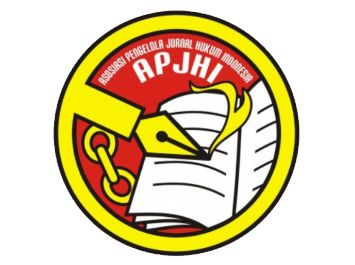MONOPOLI DI BIDANG TEKNOLOGI INFORMASI
Abstract
Competition in the business world causes business actors to sometimes resort to various ways to conduct unfair business competition, resulting in losses for other business actors. In the virtual world (information technology for example) this action is often found. So it is necessary to study how the prohibition of monopolistic practices and unfair business competition against businesses in the field of information technology. This research is a normative legal research, the main data of which is obtained through library research. Based on the results of the research, it is known that the form of market monopoly and unfair business competition in information technology law can be in the form of vertical integration, discrimination of business actors, taking of domain names, and other actions that can harm business competitors. The Tying Arrangement in the Microsoft case is a form of unfair business competition, in which the giant software company Microsoft is accused of violating the antitrust law by taking Tying Arrangements by linking the windows product (the tying product) with the internet explorer browser product (the tied product). The Tying Arrangement was allegedly carried out in order to win a monopoly in the internet browser product market.
Copyright (c) 2021 Jurnal Hukum Samudra Keadilan

This work is licensed under a Creative Commons Attribution-NonCommercial 4.0 International License.
Authors who publish with this journal agree to the following terms:
- Authors retain copyright and grant the journal right of first publication with the work simultaneously licensed under a Creative Commons Attribution License that allows others to share the work with an acknowledgment of the work's authorship and initial publication in this journal.
- Authors are able to enter into separate, additional contractual arrangements for the non-exclusive distribution of the journal's published version of the work (e.g., post it to an institutional repository or publish it in a book), with an acknowledgment of its initial publication in this journal.
- Authors are permitted and encouraged to post their work online (e.g., in institutional repositories or on their website) prior to and during the submission process, as it can lead to productive exchanges, as well as earlier and greater citation of published work.











